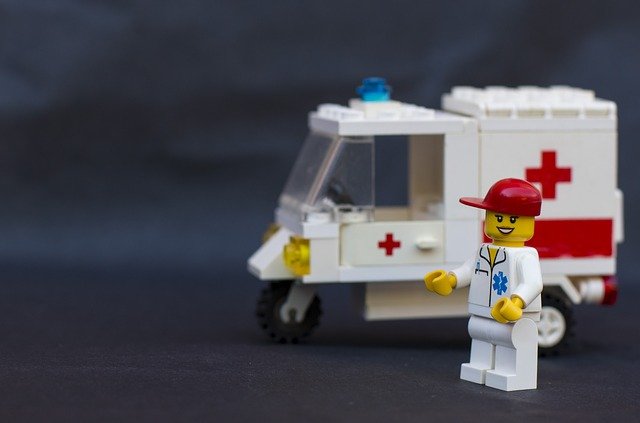
Family members of patients undergoing short-term senior care sometimes inquire about fire drills? Just like schools and hospitals, the facilities furnishing care to older patients also devote extensive planning to emergency preparedness measures. However, many care facilities also perform simulated drills involving staff members in order not to alarm or confuse fragile patients receiving care.
An Especially Challenging Year
This year proved extremely challenging for care centers around the United States. In some locations, approaching tropical storm systems sometimes forced the evacuations of hundreds of seniors. In other places, wildfires resulted in temporary facility closures. Problems associated with the Coronavirus pandemic complicated some evacuations. For example, in California the caregivers relocating seniors from an approaching fire also faced an unexpected pandemic-related issue. Public health measures in the state required some facilities to limit occupancy requirements due to COVID-19. As a result, buses transported some seniors to a series of shelters before finally locating suitable evacuation quarters for everyone.
Some experts report 27 assisted care facilities nationwide underwent temporary closures and evacuations during 2020. At least 2400 seniors obtained temporary shelter at other care sites. The unusual conditions created by the pandemic also impacted evacuation planning this year.
Some Reasons Skilled Short Term Care Facilities Conduct Fire Drills
Fires in patient care facilities concern managers and staff members for many reasons. First, any emergency of this nature requires advanced planning to ensure employees know the location of evacuation routes and the evacuation protocols for patients. Second, in most short-term care settings, a significant percentage of patients require assistance in order to exit from a facility. Third, care facilities seek to avoid alarming fragile patients during drills.
Flammable materials in care settings sometimes raise concerns about fire hazards. Today, most facilities rely upon specially designed fire-resistant safety doors in order to help limit the spread of conflagrations through care settings. For example, these sturdy doors offer assistance to fire departments during emergencies.
Advance Planning
No one can possibly foresee every potential emergency, of course. Yet care facilities conduct advance disaster planning to help minimize disruptions caused by unusual events. Recent wildfires and weather-related disasters highlight the importance of this goal.

